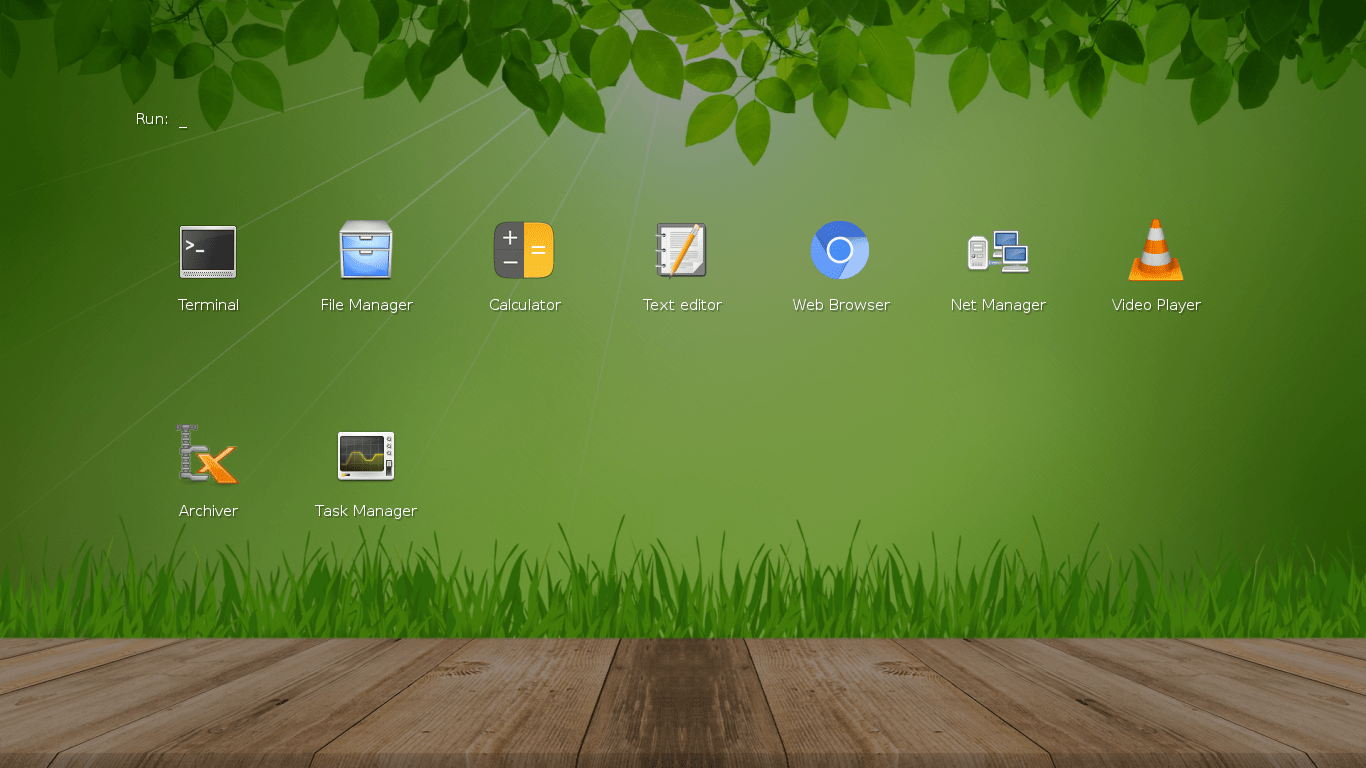Many users may have a set of old computers lying around, which they have accumulated over the years. You can revive these old computers with lightweight Linux distributions instead of throwing them in the trash.
There are Linux distributions for everything.
- Enterprise Linux distributions to empower the infrastructure of businesses.
- Average distributions suited for desktops, gaming and workstations.
- Distributions suited for embedded and IoT devices.
- Weird Linux distributions that you can enjoy trying.
… And lightweight Linux distributions for old hardware are no exemption.
Now a lot of other people and websites may recommend a totally different set of lightweight distributions for you, but in our selection, we didn’t just care for resource usage and the distribution’s ability to work on old hardware.
Instead, we also cared for the ease of use and your ability as a user to deal with the distribution on a daily basis to do your tasks. In the end, the goal is not simply to get an old computer to just work – the goal is to get an old computer to work and do things that you need as someone living in 21st centry.
Remember that the definition of an “old computer” varies a lot. A 2014 laptop can almost run any Linux distribution released today, but a 2009 old laptop? Not much. Here, we are talking about hardware which is at most 10 years old.
So let’s end chatting… Here are our 5 most recommended lightweight Linux distributions for you.
Table of Contents:
Best Lightweight Linux Distributions
1. Ubuntu MATE

If your computer can just offer 512MB or 1GB of RAM, then Ubuntu MATE is a no brainer.
Ubuntu MATE – unlike the mainstream Ubuntu – offers a desktop that does not consume a lot of resources by default, and utilizes a familiar traditional layout out-of-the-box.
Ubuntu MATE is a great choice for old computers because thanks for it being based on Ubuntu, you can enjoy all the packages and PPAs available for it on your old computer too. And you have access to Snap packages, which allows you to get the latest versions of many software applications.
Browsing users reviews of Ubuntu MATE on their official communication channels, and testing the distro by ourselves shows us how little bugs and issues exist in it comparing to other Linux distributions, such as the main Ubuntu or Lubuntu, so that’s another reason for recommending it.
Finally, Ubuntu MATE is very user friendly. It comes with tools and programs to install any software you may need even if you were a first-time Linux user, and its control center / settings management tools are very straightforward and functional.
For more information about Ubuntu MATE or to download it, visit their official website.
2. BunsenLabs Linux
It may be the first time you have heard about this distribution, but we can assure you that it’s a good distribution for old hardware nonetheless. BunsenLabs was created in 2015 as a Debian-based Linux distribution that somehow mimics how Crunchbang Linux was; It comes with the Openbox window manager beside tint2 and conky by default, and ships with other drivers/multimedia support packages. They have their own repositories and a large set of their own packages and configurations.
BunsenLabs can run on 256MB of RAM and 1GHz clock speed of CPU. It also provides an i386 version for those who have limited amounts of system memory.
Another reason that pushed us to add it to our list was the community behind; A large number of users are available on its online forum. They provide a good list of scripts & configurations that you can set up on your machine if you want too. So overall, it is an active Linux distribution.
For more information about BunsenLabs Linux, visit its official website.
3. Manjaro

This can be a strange selection for the first glance, but Manjaro can offer something very valuable to old hardware.
It’s true that Manjaro comes by default with the GNOME, KDE and Xfce desktops – which are arguably heavy – but you should know that the community of Manjaro provides many other spins of it.
The community provides LXQt, LXDE, Awesome, MATE, Openbox, i3, Cinnamon, Bspwm and Budge desktops by default in separate ISO files for each. This allows you as an old computer owner to pick the best one for you. You can expect these spins to work with 512MB of RAM 10GB of disk space.
Combining that with Manjaro being based on Arch, which gives it access to AUR and the rolling release model in general, it would be a great distribution for old hardware.
The distribution offers its own software center, driver manager, control center and many other tools that will ease your life on a daily basis, which makes it an even better option.
For more information about Manjaro, check its community editions and official homepage.
4. Slax

Slax is a distribution that is always booted from USB.
You don’t install it on a hard disk, but instead, you always need to keep the USB stick inserted to the computer to boot from it.
This makes it a perfect choice if your old PC’s hard disk is too slow or old, or even if it doesn’t exist at all. It has a booting mode called “Persistent Mode”, which means that your files and modifications will always be saved even if you remove the USB drive and reboot. This makes it better because now you can take your OS with your documents and files anywhere you go.
Slax is based on Debian, and comes by default with nothing more than the bare minimum Fluxbox minimum window manager, Chromium browser and some other helpful utilities. But you can install any other desktop or package you want too.
Slax’s ISO file is only 270MB in size, amazing!
You can read our full review for Slax, or check its official website for more information.
5. Fedora LXDE Spin

This spin is the most lightweight Fedora spin available, as it comes with one of the most lightweight yet functional desktops ever.
While it’s true that LXDE is no longer under active development and entered the legacy mode, it is still very usable and functional till this very day. We prefer LXDE over LXQt because the former is way more lightweight and bug-free than the latter.
Fedora is very well integrated with Flatpak, which is an app distribution mechanism that tends to ship latest versions of many available software. This will allow you to have many fully updated programs to their latest versions on your old computer with no hassle at all. And combining that with the lightweight desktop you have, you get a perfect distribution for daily use.
To learn more about Fedora LXDE Spin, visit their homepage.
The Bottom Line
So you have seen our recommendations so far. It’s true that there are many other “micro” Linux distributions like Tiny Core, SliTaz and Puppy Linux, but as we said in the introduction of this article: The goal of any user isn’t just to get their PC to boot and work, but to have a good desktop with nice software selection to do their daily tasks.
Other honorable mentions could be: MX Linux, Linux Lite and Peppermint.
FOSS Post is a high-quality online magazine about Linux and open source software. With a team of professional writers from all over the world, we bring you the latest articles, analysis and reviews related to open source.
Articles published with this account are written as a collaborative effort between writers. You can email us at contact@fosspost.org













